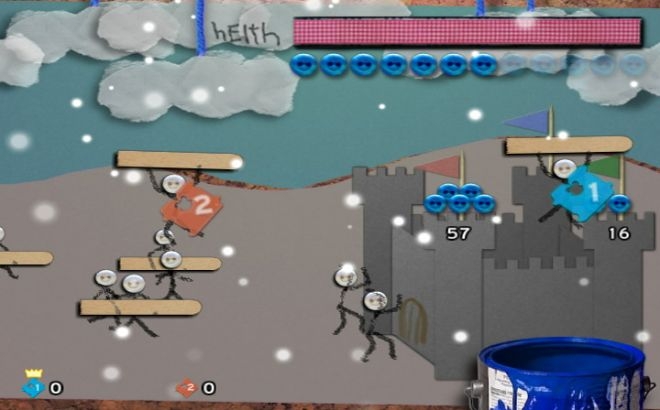

Today’s lions are the descendants of copycats. Its founder admitted that it had borrowed most of its practices from its predecessors but then improved on them and combined them into a winning formula. Think McDonald’s, which imitated a system pioneered by White Castle think Visa, MasterCard, and American Express, which all borrowed from the efforts of Diners Club to introduce the plastic card to a then-skeptical audience of consumers and merchants. If you take the leading player in many sectors, you’ll be surprised to see that it’s not the pioneer but the able and creative imitator.

You can, and you can improve on the idea of a Q&A.Ĭan you give us examples of businesses we celebrate as brilliant innovators that were really just good copycats? Just because another magazine runs a Q&A, does that mean you can’t run a Q&A? No. The truth is, most products, processes, practices, and ideas are not protected by patents. They can be “invented around” or may require disclosure that actually makes imitation easier. To start with, patents provide only limited protection, since they’re costly-and in many cases impossible-to enforce. How can a company meaningfully copy without violating patents and facing lawsuits? It still sounds a lot like what we in publishing call plagiarism. They disrupt the innovator, whose costs are higher by a third, on average, and who’s still sinking investments into the innovation while the imitators are building an offering based on the market reaction to it. They also don’t just copy an idea, they come up with a cheaper or better-increasingly it’s cheaper and better-mousetrap. And they often look far from their industry or home country. Good imitators don’t wait they actively search for ideas worth copying. HBR: So the key is to just wait until something succeeds and steal the idea? It features a vibrant visual style that really pops on a high-end device, but the backgrounds and trees could have used a bit more work - especially in terms of upping the variety between the stages themselves.Imitations follow innovations much more rapidly than they once did.

The game’s visual style is very reminiscent of Scribblenauts, albeit with a bit less character. Using these abilities in tandem with your units is the key to victory, and given the decent amount of enemy variety, you’ll have to change your tactics quite often. For example, Koko can drop coconuts for the basic troops to grab, upgrading them to ranged units on the fly, or trigger a special power that buffs himself for a short amount of time. It never amounts to much more than doing those tasks over and over, but it’s engaging enough where each level never becomes a bore.īut the game doesn’t stop at gathering bananas and hiring creatures, as there’s a pretty solid skill/ability system in place as well. Since Koko can also attack enemies and use special abilities, you’ll have to micro-manage your gathering, summoning, troop offense, defensive priorities, and Koko himself. You’ll have to “buy" these creatures by using the game’s banana currency, which you can grab by swinging from tree to tree within each stage. Units range from light but expendable melee units to heavy tanks, to more complex creatures like snakes (that can poison enemies).

Just like Army of Darkness Defense, you’ll control an avatar (in this case, a pissed off monkey named Koko Kornelius) while you summon other units to fend off the impending hoard of construction workers. Lumberwhack is a castle defense game through and through. But somehow, Lumberwhack: Defend the Wild (Free) not only eschews pesky microtransactions in favor of a fully featured experience, but it also gives you a ton of bang for your buck.
DEFEND YOUR CASTLE REVIEW FULL
It’s tough to find a full package on the App Store these days amidst a sea of in-app-purchases and promises of updates.


 0 kommentar(er)
0 kommentar(er)
